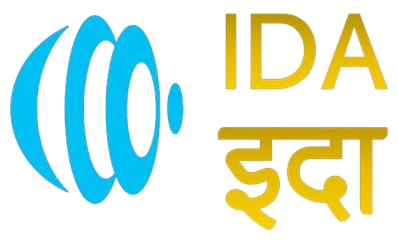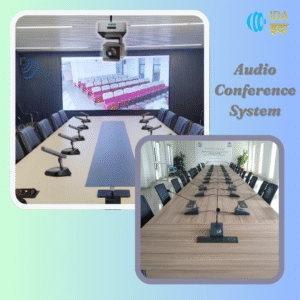Government sectors utilize various meeting room types, including conference rooms, training rooms, and video conferencing suites, each with specific audio system needs. Audio systems are crucial for clear communication in these spaces, supporting functions like voice amplification, sound distribution for larger rooms, and seamless integration with video conferencing equipment.
Types of Meeting Rooms in Government Sector:
- Conference Rooms:These rooms are designed for larger meetings, presentations, and discussions, often accommodating 10-50 people. They typically require robust audio systems with microphones, speakers, and potentially sound reinforcement for larger spaces.
- Training Rooms:Training rooms are set up for instructional purposes, often with a focus on clear communication to all participants. Audio systems in these rooms need to ensure all attendees can hear presentations, lectures, or interactive sessions clearly.
- Video Conferencing Rooms:These rooms are equipped with advanced audio-visual technology, including cameras, microphones, and speakers, to facilitate remote participation. The audio system is crucial for clear communication between in-person and remote participants.
- Huddle Rooms:Smaller, informal meeting spaces for quick discussions, often accommodating 2-6 people. Audio systems here might be simpler, focusing on clear local audio and potentially integration with mobile devices for quick calls.
- Executive Meeting Rooms:These are private, high-level meeting spaces. The audio system might be more sophisticated, focusing on high-quality sound and secure communication, potentially with features for confidential discussions.
- Public Discourse Rooms/Event Halls:These large spaces require powerful audio systems capable of reaching a large audience. They often incorporate microphones for speakers, sound reinforcement, and potentially stage monitoring.
Uses of Audio Systems in Government Meeting Rooms:
- Voice Amplification:Ensuring that all participants can clearly hear the speaker, regardless of the room size.
- Sound Distribution:Distributing sound evenly throughout the room to ensure consistent audio levels for all attendees.
- Video Conferencing Integration:Providing clear audio for remote participants, often using microphones, speakers, and potentially DSPs (digital signal processors) for sound management.
- Recording and Transcription:Some government meetings might be recorded for documentation or transcription purposes, requiring high-quality audio capture.
- Accessibility:Audio systems can be adapted to provide assisted listening devices or closed captioning for individuals with hearing impairments.
- Secure Communication:In sensitive meetings, the audio system might be integrated with secure communication protocols to prevent eavesdropping or unauthorized access to audio information.
- Interpretation:For international meetings, audio systems can support simultaneous interpretation, allowing participants to listen to translated versions of the spoken content.
- Background Music/Noise Reduction:Audio systems can also be used to provide background music for a more comfortable atmosphere or to reduce distracting background noise.

